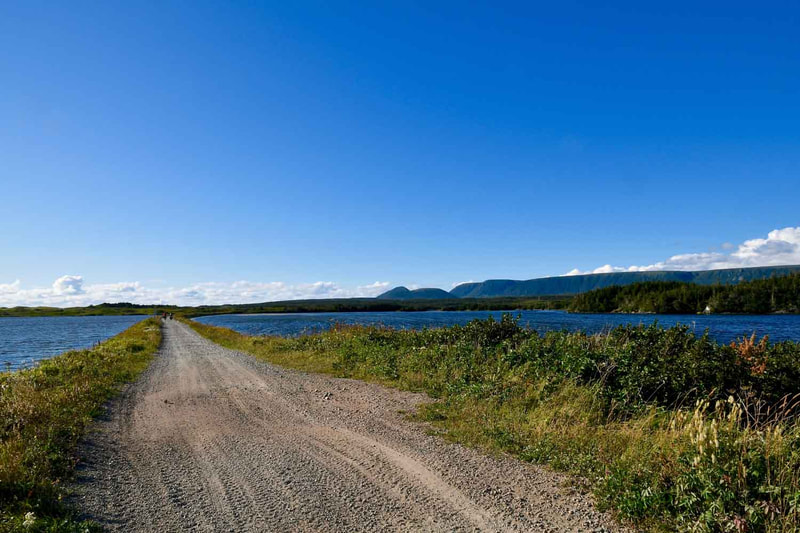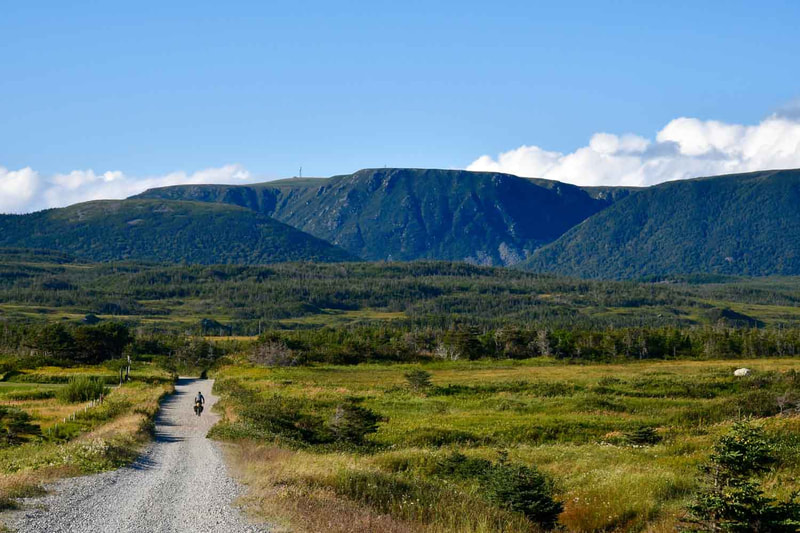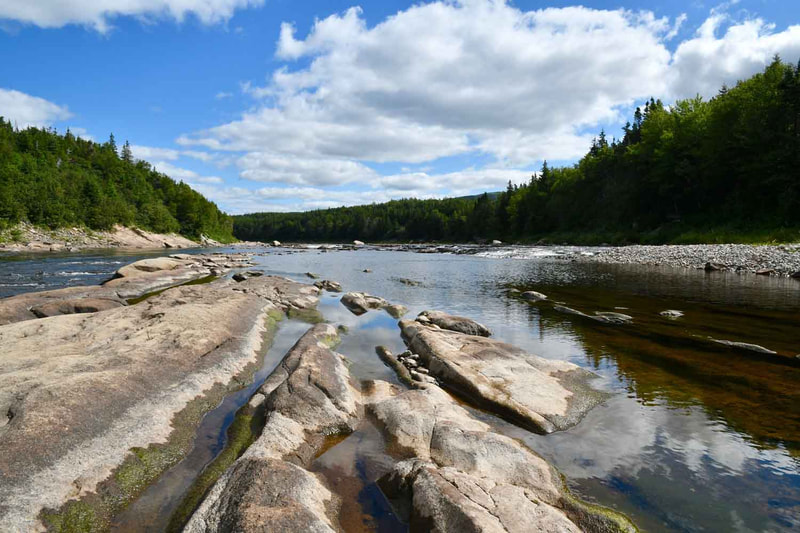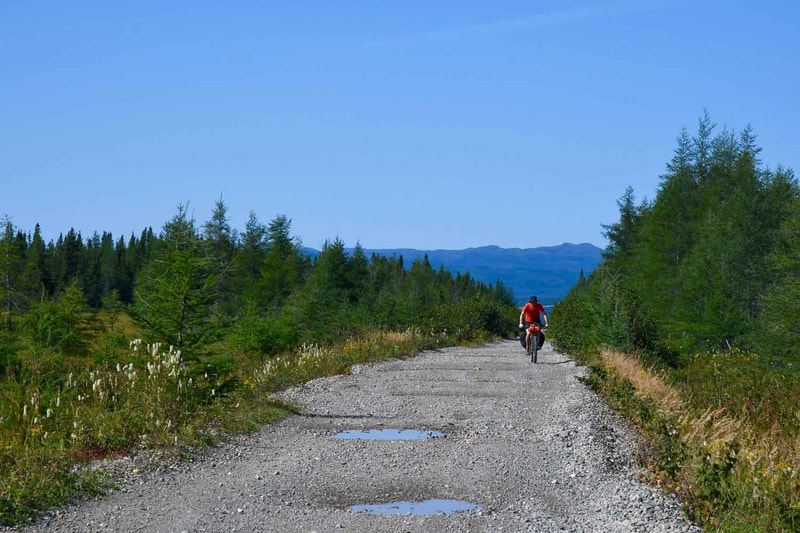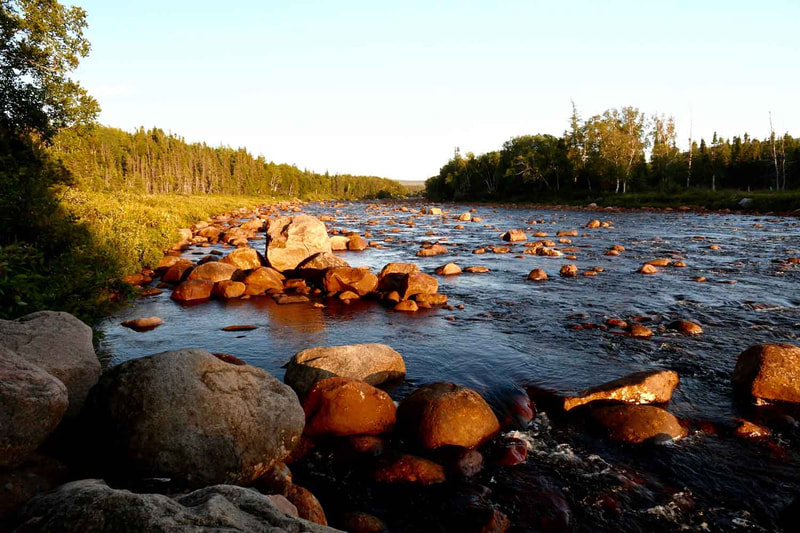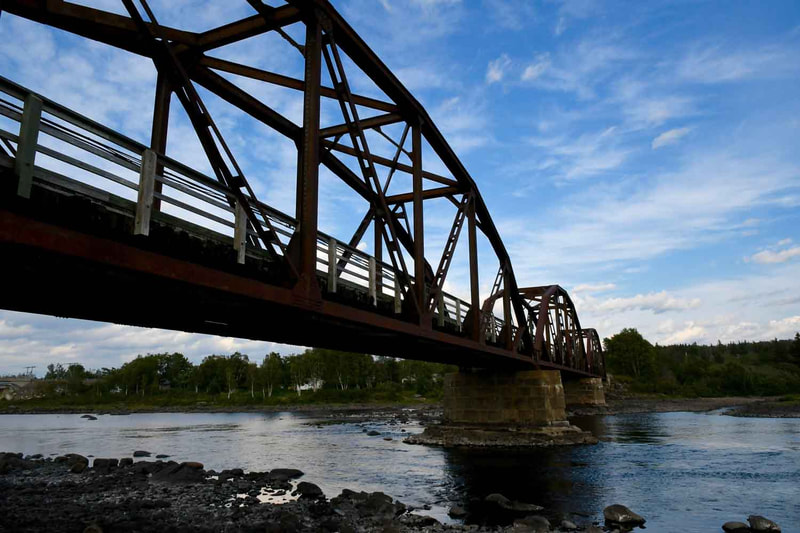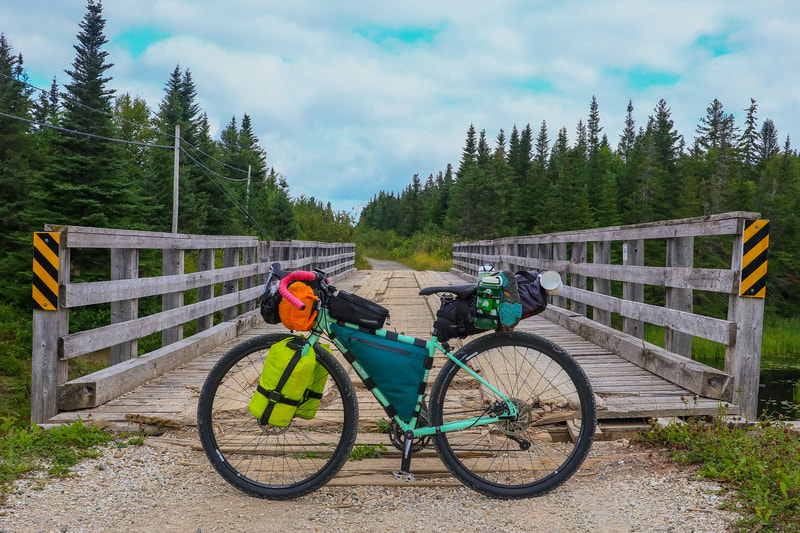Newfoundland
NOTE: The Newfoundland segment can be considered an optional part of the GNBR if time, energy and weather permits completing this section.
The Newfoundland portion of the GNBR is composed of two established routes: The Newfoundland T'Railway and the Great Northern Peninsula Route. Please click on the routes below for detailed descriptions of the riding in Newfoundland.
Newfoundland T'Railway:
https://bikepacking.com/routes/newfoundland-trailway/
https://bikepackadventures.ca/newfoundland-t-railway/
Great Northern Peninsula Route: https://bikepackadventures.ca/great-northern-peninsula-bikepacking-loop/
This is also a great description of riding across the province on the T'Railway: http://thetownbicycle.com/across-newfoundland-by-bike/
Overall, expect a varied riding surface that can include sandy sections, rutted ATV tracks, puddles large and small, and rocky paths. For the most part, the ride is better suited to fatter tires to make the journey more enjoyable. The wind can be more of a challenge than the grades.
If you have any questions about the Newfoundland section of the GNBR please contact us
Images 1-22 courtesy of John Duffett. Images 23-31 courtesy of Marie Savard. Images 32-37 courtesy of Malcolm Simpson
